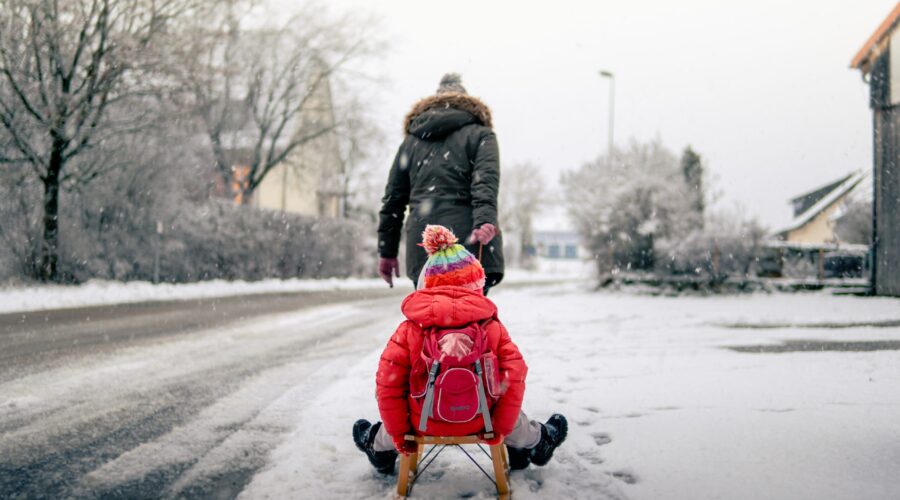How to Dress Your Kids for Finnish Cold Weather
Parenthood teaches you all sorts of new skills, and one of them is dressing your kids appropriately for the weather, especially in Finnish cold weather. If you didn’t grow up in the Nordics, you’ll probably struggle to dress your kids every time you go out with them in the colder months. It might take a few years until you master that skill, but fear not. We’ve compiled a list of best practices for dressing your kids when temperatures in Finland get lower.
Layers Are Your Best Friend
Dressing in layers is a crucial principle for keeping your children warm and comfortable in Finnish weather. The temperature can fluctuate significantly throughout the day, and layering provides a flexible and efficient way to regulate body warmth. Starting with a base layer of thermal or moisture-wicking fabric helps to retain body heat, while adding insulating layers like sweaters or fleece provides additional warmth. As an outer layer, you can use a windproof and waterproof jacket or overall, depending on the children’s age, to act as a barrier against chilly winds and snow. By dressing your kids in layers, you are creating an insulating barrier against the cold but also making it easier to adjust to temperature changes or transition between outdoor and indoor environments.

Know Your Haalarit
Shopping for kids’ clothes can be frustrating in Finland. Winter clothes for children are expensive, and depending on their age, you will only get to use them for a few months. Most people can’t afford to make a mistake, so do your research and know exactly what you are buying before spending your hard-earned money. Here’s a quick glossary of the most common pieces you might consider buying for your kids before it’s freezing cold outside:
- Välihaalari: This is the mid-layer, to be worn between the kid’s base layer clothes and the outer layer. The most common types are wool (villahaalari) or fleece.
- Välikausihaalari: This is the mid-season overall that can be used as an outer layer for extra protection against wind and colder days before the temperature reaches negative degrees. Kurahaalarit and sadehaalarit offer protection against water and mud. Softshell overalls are very popular because they don’t limit movement like other materials and are water-resistant. However, they are not waterproof, so keep that in mind when dressing your kids on heavy rain days.
- Talvihaalari: This is your go-to overall for negative-degree weather. Combined with a mid-layer and the right accessories, this kind of clothing will keep your little ones protected even on the coldest days.

Don’t Neglect the Feet
Selecting the right shoes is an important step when dressing your children during the cold months. You need a proper barrier against slush, mud, and snow to ensure warmth, insulation, and protection. For rainy days, rubber boots will do the trick, but as temperatures get lower, you will need insulated, waterproof boots with good traction to keep little feet warm and dry in the snow. Adding an extra layer of woolen socks can provide extra insulation. The right shoes also contribute to safety, preventing slips and falls in icy conditions. Overly warm footwear can lead to discomfort, so make sure you find a balance between warmth and breathability.
Accessorize
By now, you understand why families with children are often late. Dressing up a child before heading out on cold days takes forever. And one of the reasons is the sheer number of accessories you need to incorporate into your daily dressing routine. But however cumbersome this might be, don’t skip the accessories. They are crucial for retaining body heat and preventing heat loss from extremities. Invest in an extra warm pipo, scarves, and gloves or mittens to protect your kids’ sensitive areas like the head, neck, and hands from the cold.
Temperature, Rainfall, and Wind
If you don’t check the weather forecast daily, you haven’t been living in Finland long enough. And checking the temperature is just the beginning. Wind speed and rainfall (or snow) can drastically change the clothes requirements for the day. So do yourself and your kids a favor and check and re-check the forecast before leaving home.



